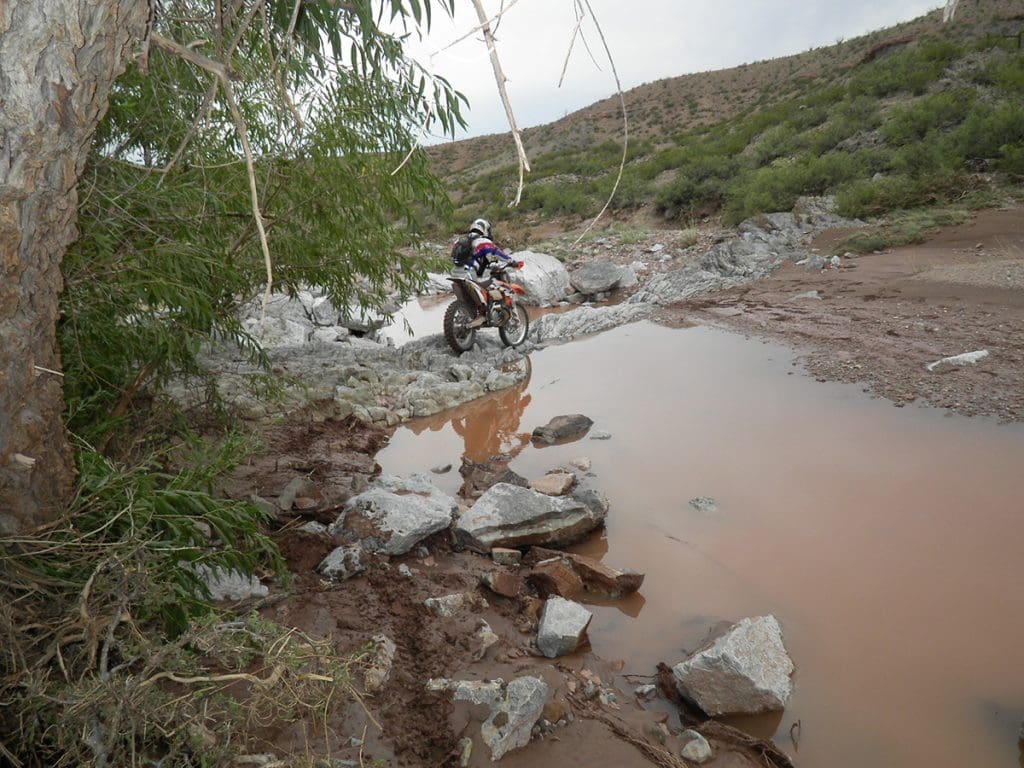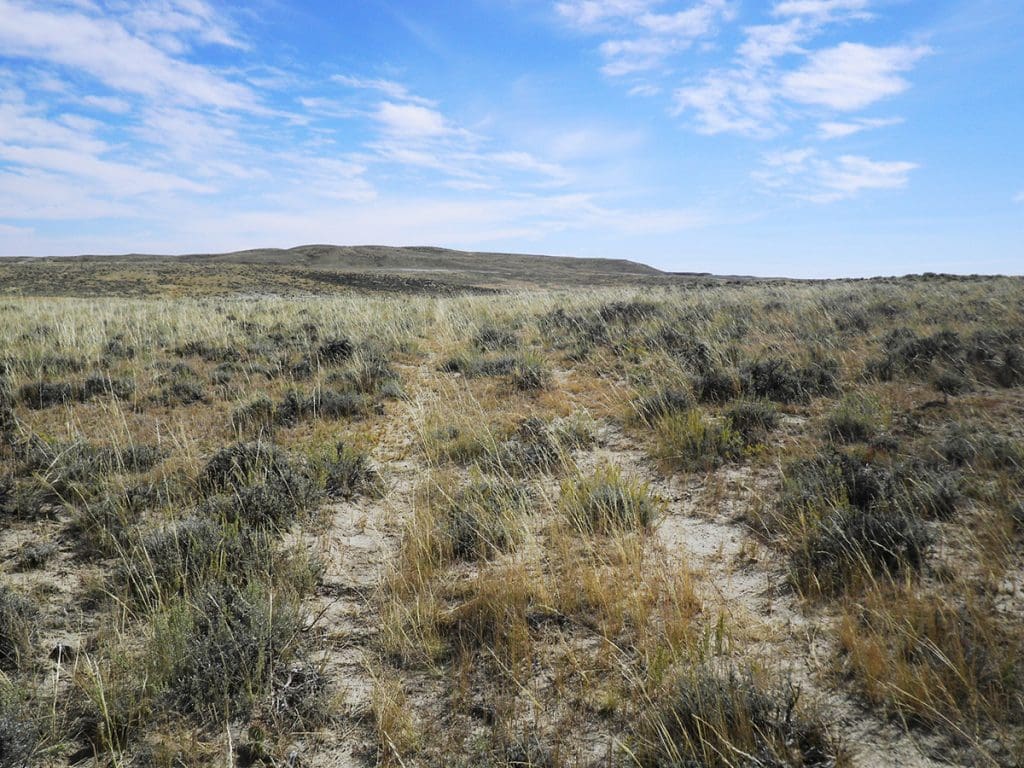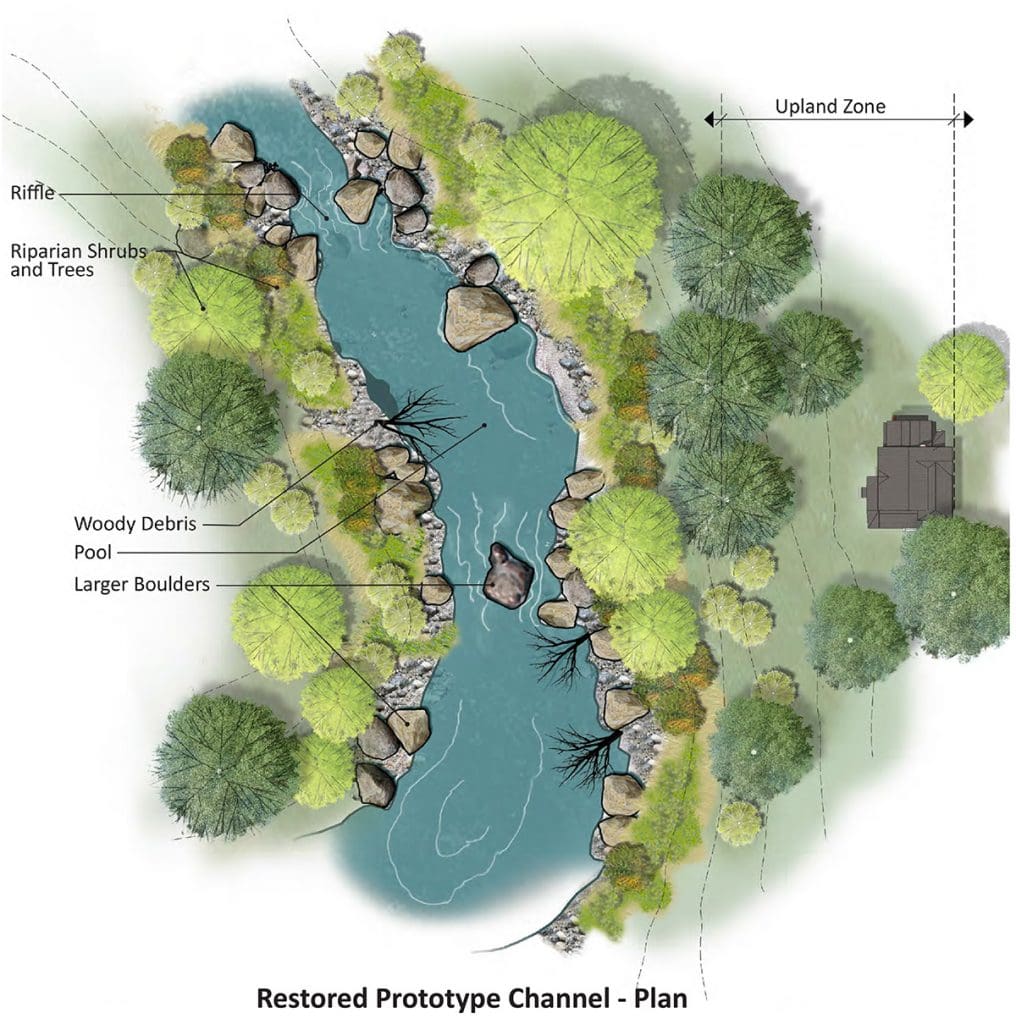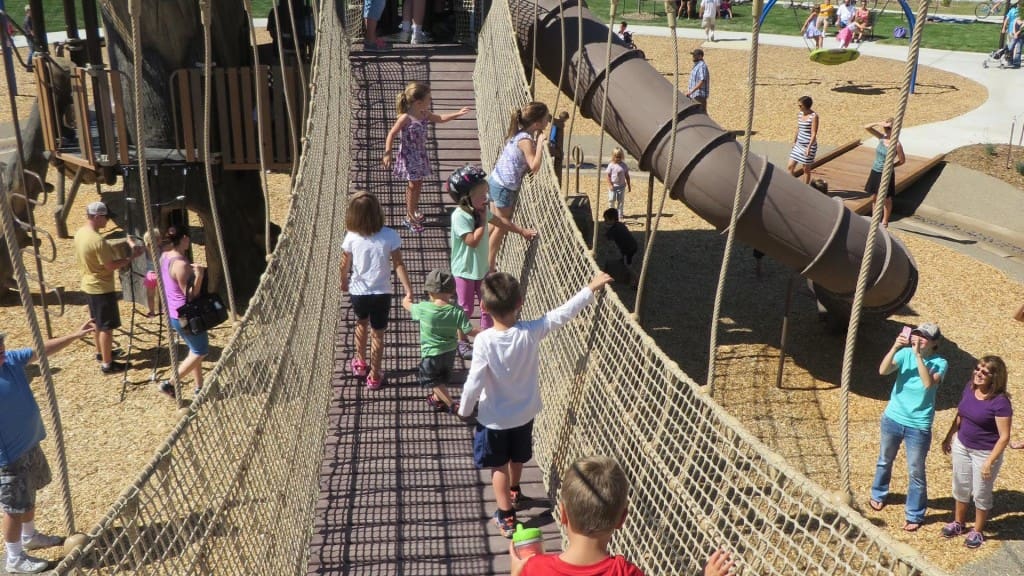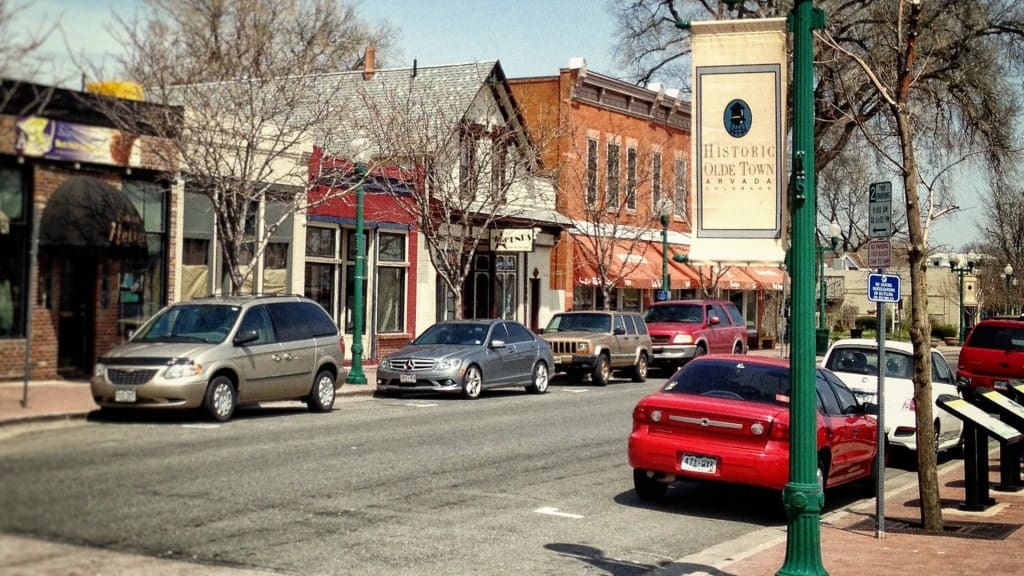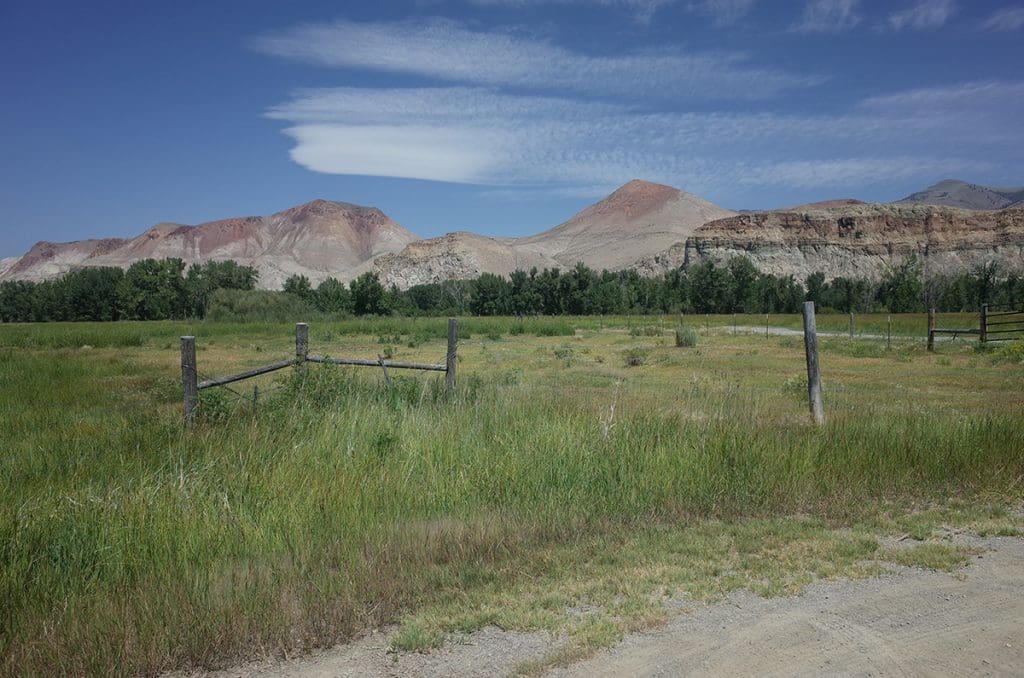Arkansas Headwaters Recreation Area Management Plan Revision and EA
Logan Simpson worked with the BLM (NEPA lead); Colorado Parks and Wildlife (management plan lead); and the US Forest Service (land manager) to update to the management plan and EA for the 150 miles Arkansas Headwaters Recreation Area (AHRA). The AHRA is one of the nation’s most popular whitewater boating rivers and receives the highest […]
Arkansas Headwaters Recreation Area Management Plan Revision and EA Read More »


